
How to Get Smooth Tops on your Candles
Everyone wants to get smooth tops on their candles. Rough surfaces, while mostly cosmetic and shouldn’t impact the performance of the candle, are not the aesthetic outcome most candle-makers are striving to achieve. This phenomena is especially common when making soy candles. Here, we explain factors that can cause uneven surfaces and tips on minimizing that roughness. Because it’s not always possible/reasonable to avoid some level of unevenness, we’ll also share ways you can touch them up to achieve smooth tops on your candles. If you’re experiencing some other challenges, check out our Candle Maker’s Troubleshooting Guide.
In ideal conditions, you have the perfectly proportioned and proper ingredients which have combined completely, free of air bubbles and is poured at the proper temperature and rate, and allowed to cool and cure at the appropriate rate. The combination of the proper chemistry and physical conditions allows for the liquid to solidify at the ideal rate resulting in candles with a smooth top.
Since every candle-maker can’t operate in a climate controlled space, and may be dealing with additional real-world challenges, smooth tops aren’t always possible. Candle making always requires testing, but if you’re having recurring issues with rough tops, you may want to perform additional tests that are directly related to the temperature issues mentioned below. You can snag our candle testing template in this candle resource post.
If you’re only occasionally presented with this, a heat gun will be your best friend. Just gently warm the top surface enough to melt the impacted surface and it should solidify smoothly! Read on to learn how to get smooth tops on your candles more frequently.
Factors that cause Rough Surfaces & Recommended Remedies
- Air in the Wax | As soon as the candle is poured, trapped air tries to escape. Over-stirring wax, filling your pouring vessels or pouring your candles too quickly. Remedy | Stir more gently, pour more slowly – both in order to reduce the presence of air bubbles your wax. If something happened during pouring and you know that aeration happened, you can gently tap the vessel on your work surface to encourage the bubbles to rise to the top.
- Vessel Temperature | Cold or cooler than room temp vessels can cause uneven cooling from the start. Remedy | Warm your vessels a bit (as much as 90° – 100 °F) so that the temperature difference between the wax and the surroundings isn’t as drastic.
- Pour Temperature | Pour temperature might not be quite high enough. Remedy | Try increasing your pour temp 5 – 10°F above the manufacturer’s recommended pour temp.
- Large Temperature Changes | As wax cools, moving from liquid to the solid state, crystals form. The more gradual the temperature change, the more uniform the size of those crystals. Larger crystals caused by faster cooling can create a more uneven surface. Remedy 1 | Try to control the temperature of your work space. The general recommendation for candle pouring is between 68° and 72°F. The slower the cool rate, the better for your candle! Remedy 2 | Try pouring your candles on baking trays to be placed on a rack or even corrugated cardboard. These methods allow for better air circulation around all sides of the candle and more even cooling.
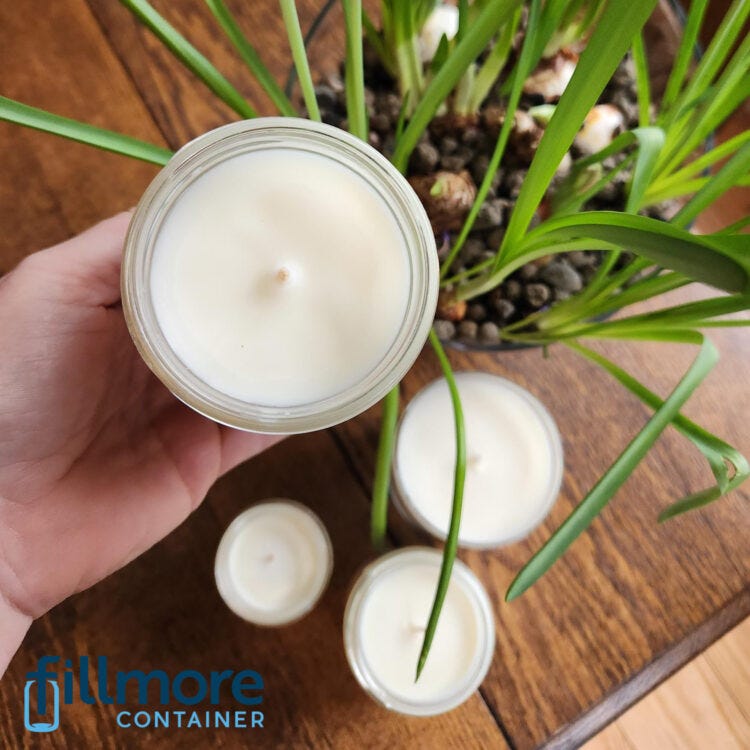
Sometimes rough tops are unavoidable to some degree. You may find that certain fragrance oils or other additives make certain candles less smooth. In this case, if it’s a formula you love, or can’t stand to change, the quick fix of the heat gun may be your best bet.
Remember…testing is a vital step that can not be skipped. There are variables that impact the candle making process, even if you are making them in the same space. Being mindful of these can help you avoid some frustration. Reaching out to other candle makers on Craft Server and community platforms can also be helpful. It’s important to be careful when comparing experiences and taking advice, being sure that you’re referring to the same wax, wick etc.
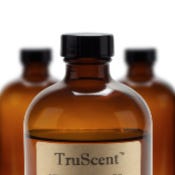
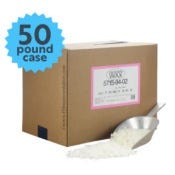
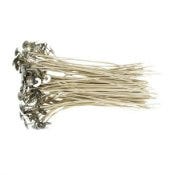




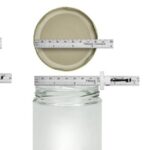

1 Comment